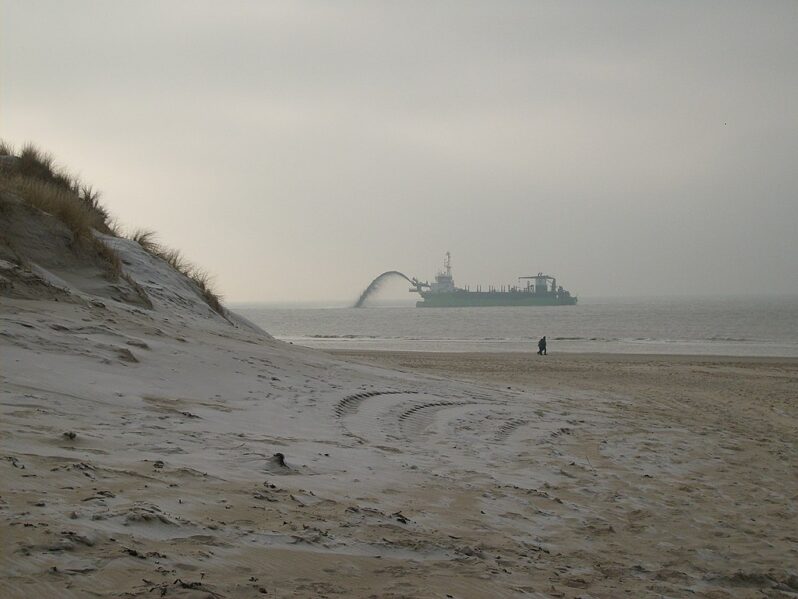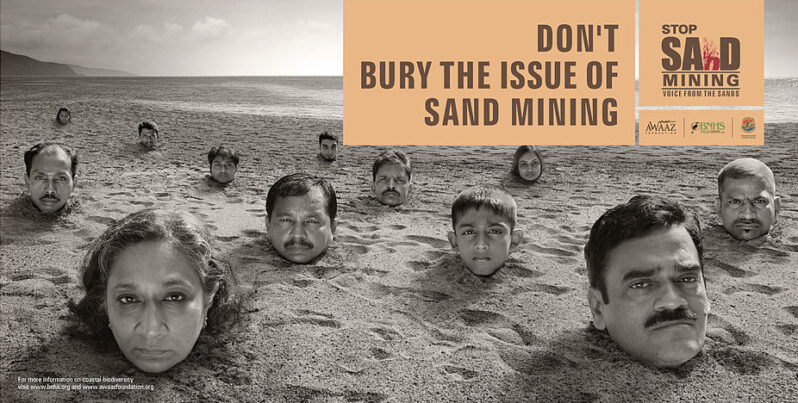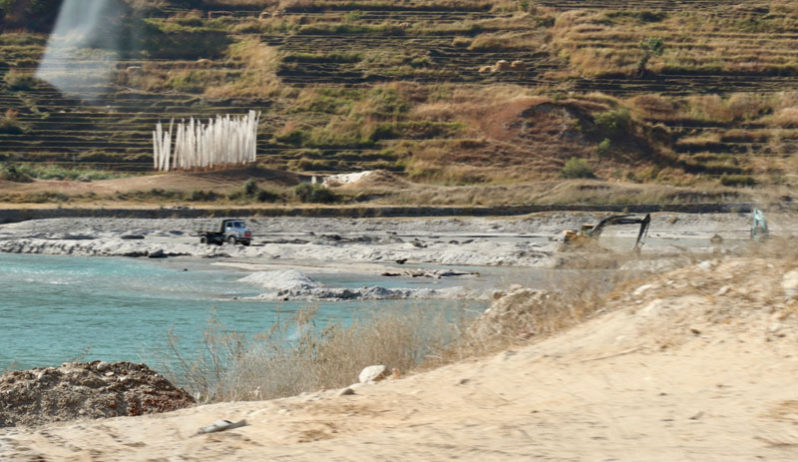Sand mining is a huge problem, a new global map shows – the Verge

People are dredging an alarming amount of sand from the seafloor, the United Nations Environment Programme (UNEP) warned today. An average of 6 billion tons of sand are taken from marine environments every year, according to a new global data platform from UNEP….
Life’s no beach for Thais affected by sand mining – Mekong Eye

Illegal sand mining has been an ongoing issue in Thailand’s section of the Mekong River due to fragmented governance and “influential people.”
Crowds of locals and tourists are drawn to Had Hae – a sandy beach that emerges when the level of the Mekong River falls in That Phanom district in Thailand’s northeast Nakhon Phanom province, which borders Laos.
The beach, which looks like an island in the middle of the river, is filled with visitors and local people’s makeshift stalls selling food and other goods during the summer…
Mekong Delta pays a high price from sand mining – Mekong Eye

The need for sand to build roads and infrastructure in Vietnam charges ahead with few restraints as land and houses are lost.
The only traces of Long Phu Thuan, an islet in the Mekong River in Vietnam’s Dong Thap province, can now only be found in old maps.
Much of the islet belonged to Le Van Phi, a 70-year-old farmer. Back in 1976, he explored the islet and converted 0.4 hectares of it into farmland. He grew corn, soybeans and chili peppers in the dry season, and rice in the flooding season…
Shifting Sands: The Messy Business of Sand Mining Explained – Reuters Graphics

From Shanghai to Seattle, the world’s cities are built on sand – massive amounts of sand. It’s in the cement and concrete that make the bulk of most buildings. The glass in those buildings’ windows is made with sand, too. So is the tarmac laid onto the roads around them. Sand is the planet’s most mined material, with some 50 billion tons extracted from lakes, riverbeds, coastlines and deltas each year, according to the United Nations Environment Programme. Per person, that’s about 6,570 kilogrammes (14,500 pounds) per year – more than an elephant’s weight in sand…
The global impact of sand mining on beaches and dunes – Ocean & Coastal Management

Beaches and coastal dunes have always supplied sand for a wide range of uses, and initially the extracted volumes were limited to buckets, wheelbarrows, or small pickup truck loads. However, starting in the late twentieth century, and thanks to urban development, especially for coastal tourism, coastal and river sand has been extracted at an accelerated pace, and on a much grander scale…
Vanishing Sands: How Sand Mining is Stripping Away Earth’s Beaches by Orrin Pilkey, et al – Duke | Nicholas School of the Environment

A new book from Duke University Press, “Vanishing Sands: Losing Beaches to Mining,” casts light on the shadowy world of sand mining through case studies that illuminate its disastrous impacts and a concluding chapter that proposes common-sense solutions.
Because of the tradition of viewing beaches as public land, people have historically thought of beach sand as a free and limitless resource, Pilkey and his co-authors explain in their preface to “Vanishing Sands…”
Why beach sand mining is so dangerous – Times of India

Beach sand mining has been illegal since 1991 when the Coastal Regulation Zone Rules were first notified thirty years ago. Although illegal mining on beaches has continued nevertheless, the scale has been comparatively lesser than in rivers, where it has devasted entire swathes of land and water. Major Indian rivers like the Ganga, Yamuna, Godavari and Kaveri face existential threat…
Sand Mining
Sand Mining After water, sand is the most widely used natural resource. Sand is mined, smuggled, and stolen, and the impacts of this have far-reaching socio-political, economic and environmental implications, accelerating coastal erosion, and destroying ecosystems that are relied upon by coastal communities for their very existence. Sand Mining Database Sand Mining Photo Gallery Awarding […]
Illegal sand mining eroding Morocco’s coastline and tourism

Tourism is essential to Morocco’s economy, and its beautiful beaches are a vital part of the attraction for visitors. In an ironic Catch-22 situation, however, meeting the demands of this industry is indirectly destroying the very coastline that tourists are coming to enjoy.
